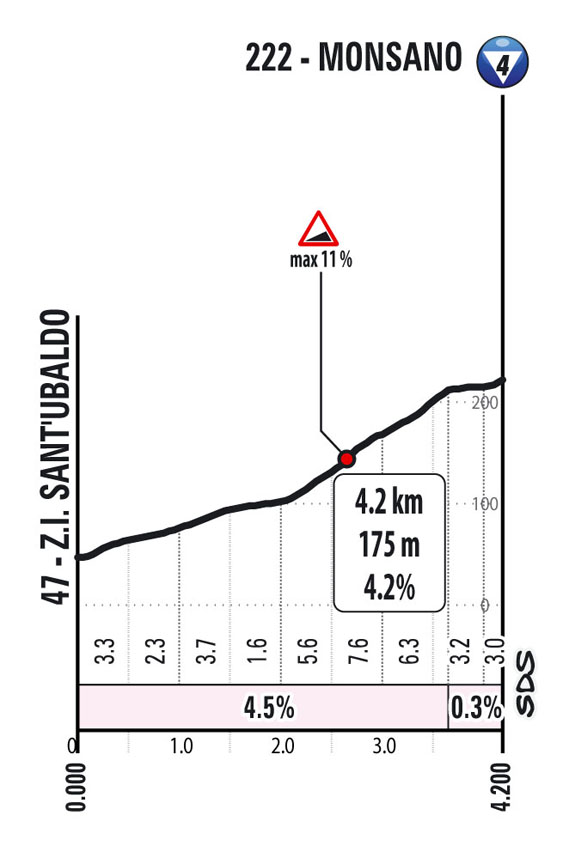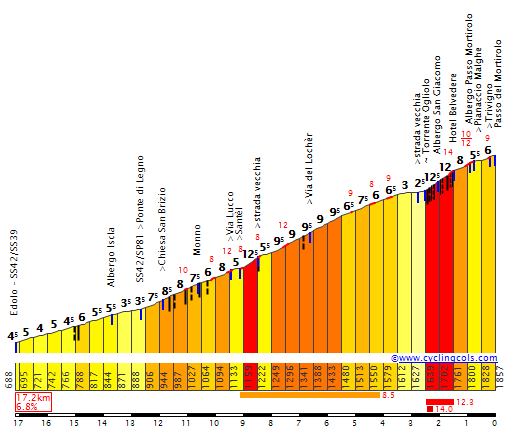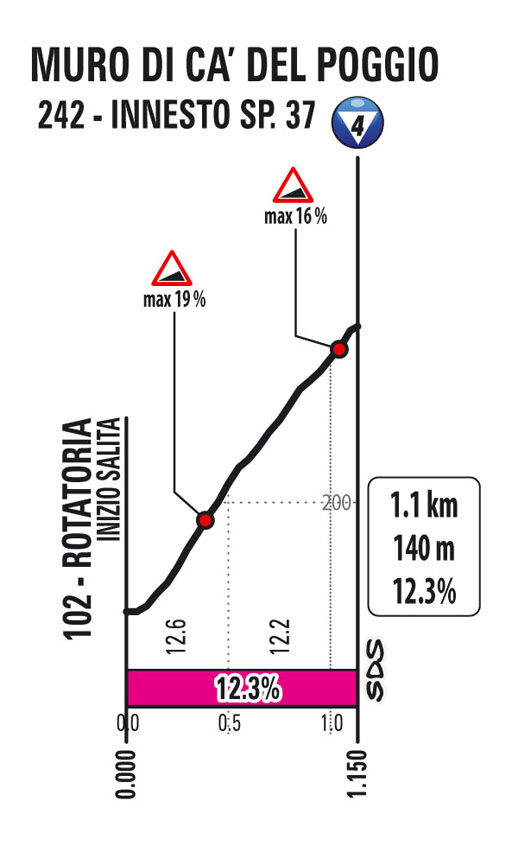It’s here!
The forum isn’t the forum without the Giro stage-by-stage analysis, and with Eshnar having stepped down there was only the next-best option: doing it myself. I hope I’ve managed a level of quality similar to what we’ve all grown used to, but you can be the judge of that.
Unfortunately, I’ve picked what seems like an absolute nadir to take over. After one bad and one abysmal edition, the race desperately needs a return to form if it is to avoid a second dark age. However, with the weakest mountains since the original dark age and about the worst possible GC lineup, the deck is firmly stacked against it. Can this Giro overcome the odds and deliver anyway, or will it be the Pogcession most of us are dreading?

The forum isn’t the forum without the Giro stage-by-stage analysis, and with Eshnar having stepped down there was only the next-best option: doing it myself. I hope I’ve managed a level of quality similar to what we’ve all grown used to, but you can be the judge of that.
Unfortunately, I’ve picked what seems like an absolute nadir to take over. After one bad and one abysmal edition, the race desperately needs a return to form if it is to avoid a second dark age. However, with the weakest mountains since the original dark age and about the worst possible GC lineup, the deck is firmly stacked against it. Can this Giro overcome the odds and deliver anyway, or will it be the Pogcession most of us are dreading?

| Day | Stage | Start | Finish | Rating | Distance | Starts at | ETA |
|---|---|---|---|---|---|---|---|
| Sat 4 | 1 | Venaria Reale | Torino | *** | 140.0k | 13:55 | 17:05 – 17:26 |
| Sun 5 | 2 | San Francesco al Campo | Santuario di Oropa (Biella) | *** | 161.0k | 13:05 | 16:59 – 17:27 |
| Mon 6 | 3 | Novara | Fossano | ** | 166.0k | 13:25 | 17:02 – 17:22 |
| Tue 7 | 4 | Acqui Terme | Andora | ** | 190.0k | 12:35 | 17:00 – 17:28 |
| Wed 8 | 5 | Genova | Lucca | *** | 179.0k | 13:00 | 17:02 – 17:28 |
| Thu 9 | 6 | Torre del Lago Puccini (Viareggio) | Rapolano Terme | ** | 180.0k | 12:55 | 17:00 – 17:26 |
| Fri 10 | 7 | Foligno | Perugia | **** | 40.6k (ITT) | 13:00 | 17:09 |
| Sat 11 | 8 | Spoleto | Prati di Tivo | ***** | 152.0k | 12:45 | 16:57 – 17:33 |
| Sun 12 | 9 | Avezzano | Napoli | *** | 214.0k | 12:15 | 17:00 – 17:29 |
| Tue 14 | 10 | Pompei | Cusano Mutri (Bocca della Selva) | *** | 142.0k | 13:15 | 16:58 – 17:27 |
| Wed 15 | 11 | Foiano di Val Fortore | Francavilla al Mare | ** | 207.0k | 12:15 | 16:57 – 17:26 |
| Thu 16 | 12 | Martinsicuro | Fano | *** | 193.0k | 12:30 | 16:59 – 17:28 |
| Fri 17 | 13 | Riccione | Cento | * | 179.0k | 13:10 | 17:04 – 17:26 |
| Sat 18 | 14 | Castiglione delle Stiviere | Desenzano del Garda | *** | 31.4k | 13:20 | 17:09 |
| Sun 19 | 15 | Manerba del Garda | Livigno (Mottolino) | ***** | 222.0k | 10:40 | 16:47 – 17:40 |
| Tue 21 | 16 | Livigno | Santa Cristina Valgardena / St. Christina in Gröden (Monte Pana) | **** | 202.0k | 11:35 | 16:51 – 17:35 |
| Wed 22 | 17 | Selva di Val Gardena / Wolkenstein in Gröden | Passo Brocon | ***** | 159.0k | 12:30 | 16:53 – 17:31 |
| Thu 23 | 18 | Fiera di Primiero | Padova | ** | 178.0k | 13:10 | 17:02 – 17:24 |
| Fri 24 | 19 | Mortegliano | Sappada | *** | 157.0k | 13:10 | 16:59 – 17:26 |
| Sat 25 | 20 | Alpago | Bassano di Grappa | ***** | 184.0k | 11:50 | 16:54 – 17:39 |
| Sun 26 | 21 | Roma (EUR) | Roma | * | 125.0k | 15:35 | 18:33 – 18:52 |















































































































































































